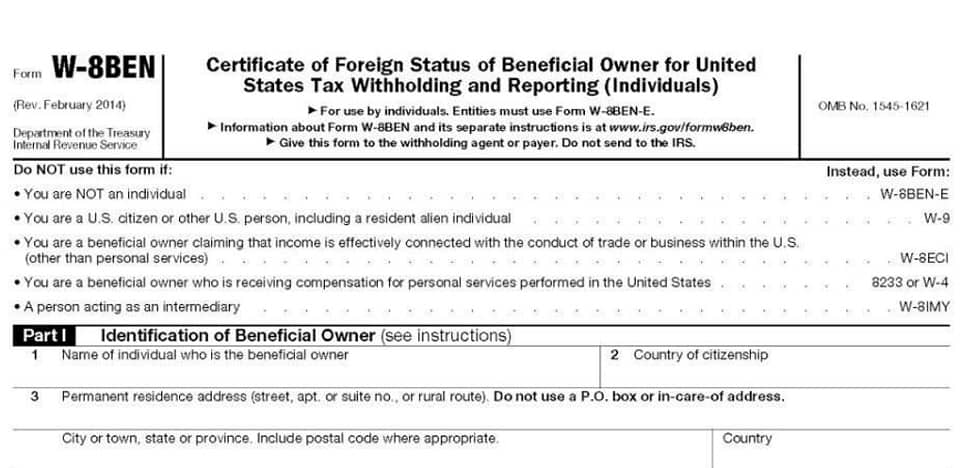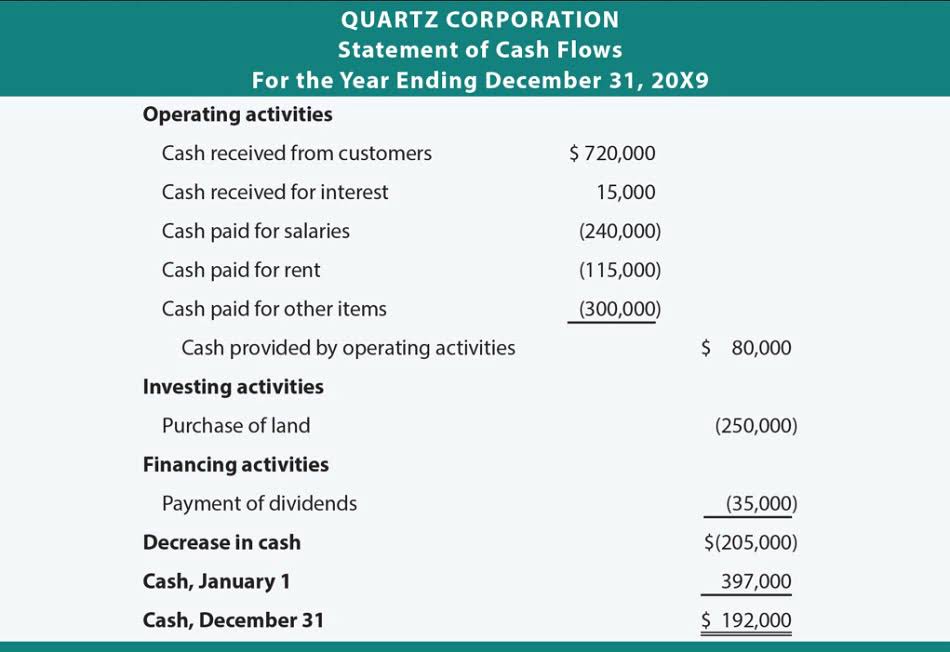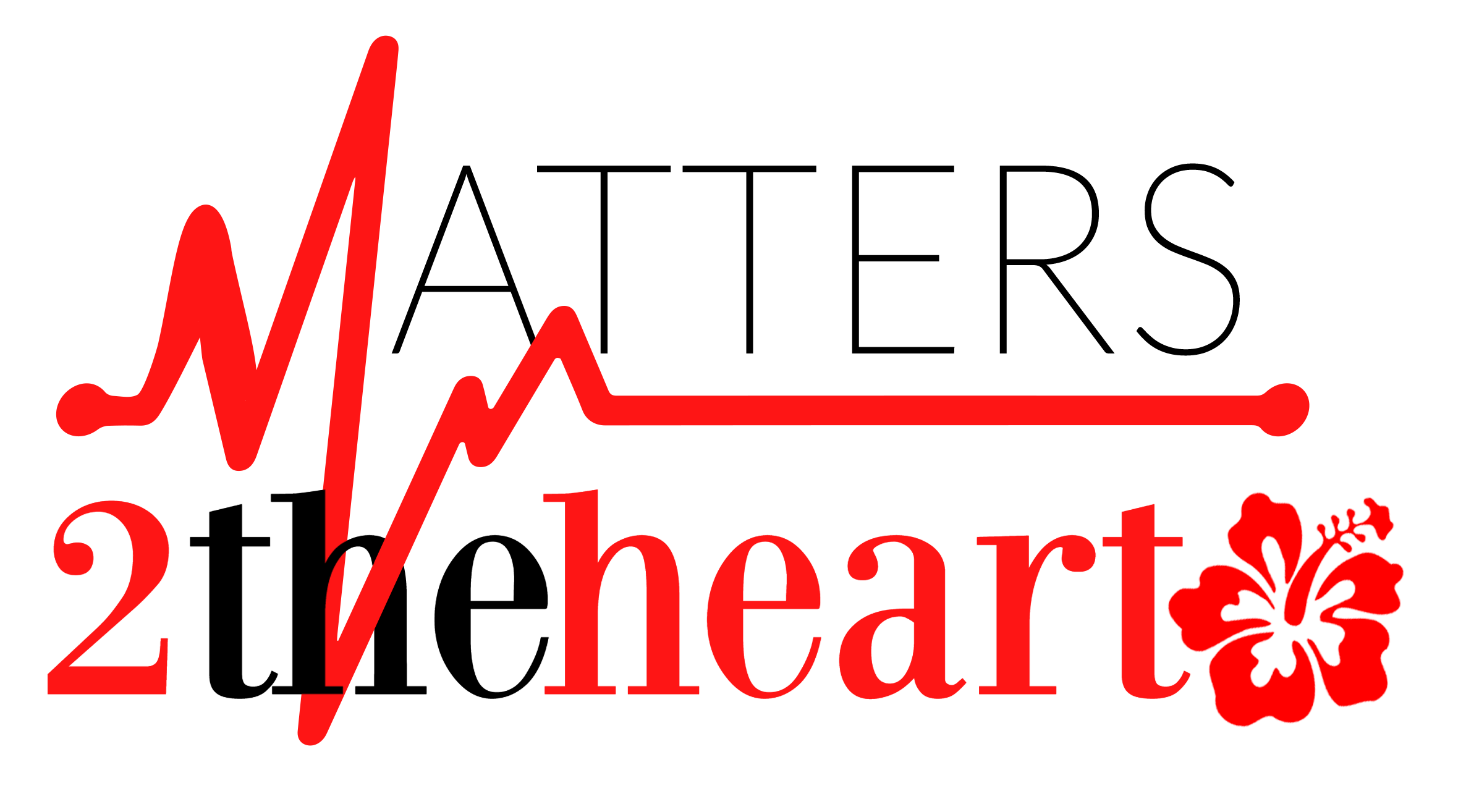
Since the IRS accepts digital records, it’s smart to use a cloud-based system like Dropbox, Evernote, or Google Drive so you never have to deal with smudged receipts. You can also use apps like Shoeboxed, which are specifically made for receipt tracking. Under double-entry bookkeeping, all transactions are entered into a journal, and then each item is entered into the general ledger twice, as both a debit and a credit. You need to know your net profit in order to do your taxes, and to figure that out, you need to know your total income and expenses. And the only way to know that for sure is to have accurate, up-to-date books.
Income Statement and Bookkeeping: Revenue, Expenses, and Costs
A separate bank account is the first step in distinguishing between business and personal finances. Bookkeeping becomes more difficult when business transactions are lumped together with personal activity. The information you get from your receipts should go into some kind of ledger (usually a digital option). This ledger acts as a tool to summarize your business’s overall financial performance and should include revenues, business expenses, and any other financial information your company chooses to keep track of.
DIY vs. professional bookkeeping

FIFO accounting, or first-in, first-out, is a method of valuing inventory. It’s basically an assumption for cost-flow purposes that states the first goods you purchased are the first goods you sold. This assumption most closely resembles an actual flow of products earning it the distinction as the most correct valuing method in theory. Consider your local supermarket — the first gallons of milk the store purchased to sell to customers are the first gallons sold usually. Otherwise, a lot of milk (product) would spoil, thus creating a loss for the store.
- Remember that the basic goals of bookkeeping are to track your expenses and profits, and to ensure you collect all necessary information for tax filing.
- Consider creating a labelled file folder for each of these expense categories.
- As a business owner, you’ll most likely have to create a complete financial report at least once a year, for tax purposes.
- However, if you don’t have a lot of bookkeeping experience (or don’t have time to learn), they could stress you out more than they help you.
- Manual bookkeeping is the “traditional” way of preparing and documenting your business’ financial records.
- If you’re just starting out, are doing your books on your own and are still in the hobby stage, single-entry is probably right for you.
QuickBooks Support
It only works if your company is relatively small with a low volume of transactions. Bookkeeping is the process of keeping track of every financial transaction made by a business—from the opening of the firm to the closing of the firm. Depending on the type of accounting system used by the business, each financial transaction is recorded based on supporting documentation.
How to Start Bookkeeping in a Small Business
I was really impressed with the videos and information that was presented in this course. If you go this route, make sure to brush up on interview questions that’ll help you determine who’s the best fit. Many, or all, of the products featured on this page https://x.com/BooksTimeInc are from our advertising partners who compensate us when you take certain actions on our website or click to take an action on their website. We asked all learners to give feedback on our instructors based on the quality of their teaching style.

- GAAP stands for Generally Accepted Accounting Principles, which are the best methods you can use to track and manage your business financials.
- Rent, business insurance, and software subscriptions are expenses you pay before receiving the benefit of the service—these are prepaid expenses.
- And the only way to know that for sure is to have accurate, up-to-date books.
- Costs, also known as the cost of goods sold, are all the money a business spends to buy or manufacture the goods or services it sells to its customers.
- This accounting method presumes that your most recent (last in) products will be the first to sell (first out).
One of the most crucial aspects of running a business is bookkeeping, an accounting process that entails the recording of financial data and transactions. Using the accrual accounting method, you record income when you bill your customers, in the form of accounts receivable (even if they don’t pay you for a few months). Same goes for expenses, bookkeeping 101 which you record when you’re billed in the form of accounts payable. When you keep detailed, organized records of your business transactions, tax season suddenly won’t feel like such a daunting chore.

Find bookkeepers in Yonkers, NY

Mixing together personal and business expenses in the same account can also result in unnecessary stress when you need to file taxes or do your bookkeeping. It could mean a business expense gets lost in your personal account and you miss out on an important deduction. There are countless options out there for bookkeeping software that blends a good price with solid features and functionality. For every new https://www.bookstime.com/articles/what-are-trade-receivables small business, it might not make sense to hire a bookkeeper straight away. But as soon as you see growth in your company, it will soon be essential to have a highly detailed, consistent bookkeeping approach.
